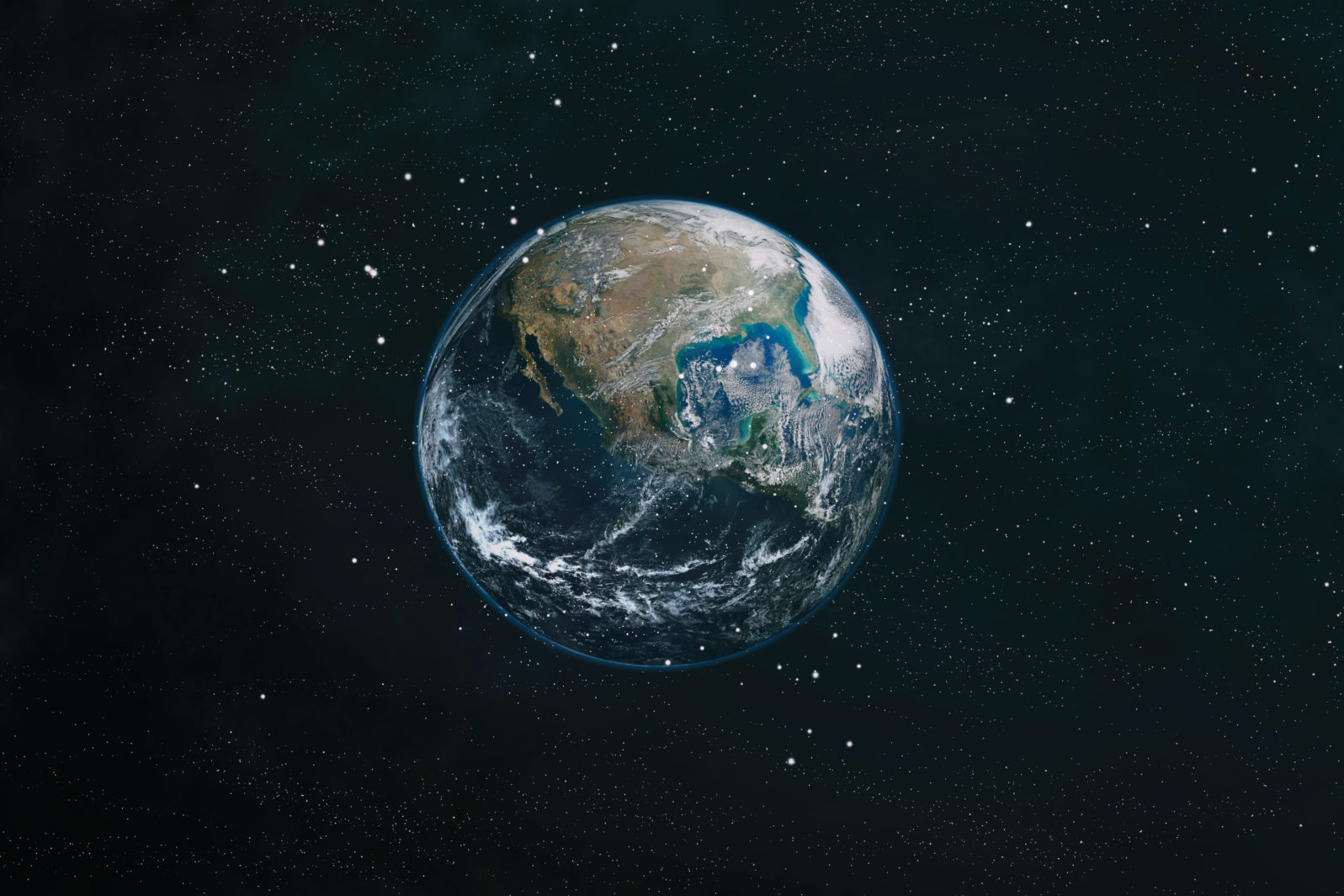Cornell: Earth Could Be Seen by ET Far More Easily Than Thought
Using analytic software, researchers can determine whether Earth would be visible from a given star systemAccording to Cornell and American Museum of Natural History researchers, “Scientists have identified 2,034 nearby star-systems — within the small cosmic distance of 326 light-years — that could find Earth merely by watching our pale blue dot cross our sun”:
Scientists at Cornell University and the American Museum of Natural History have identified 2,034 nearby star-systems — within the small cosmic distance of 326 light-years — that could find Earth merely by watching our pale blue dot cross our sun.
That’s 1,715 star-systems that could have spotted Earth since human civilization blossomed about 5,000 years ago, and 319 more star-systems that will be added over the next 5,000 years.
Exoplanets around these nearby stars have a cosmic front-row seat to see if Earth holds life, the scientists said in research published June 23 in Nature.
Cornell University, “Exoplanets in 2,034 star-systems get cosmic front-row seat to see Earth” at ScienceDaily The paper is closed access.
If they are intelligent, highly advanced, and watching the skies, they should know about us. In a recent article at the Institute of Electrical and Electronics Engineers’ publication, Spectrum, we learn:
The observation comes out of a nifty bit of trajectory mining on a giant catalog of nearby stars.
Kaltenegger, director of the Carl Sagan Institute at Cornell University, and Jackie Faherty, astrophysicist and star catalog expert at the American Museum of Natural History, teamed up to explore it. They used analytical software to comb through a cosmic chart of observed star positions; this data comes via the European Space Agency craft Gaia. Gaia is a space observatory now eight years in orbit and delivering increasingly robust snapshots in its quest to plot a three-dimensional map of perhaps two billion stars in the Milky Way and further out when it’s all said and done.
Kaltenegger and Faherty use motion calculations to plot linear star trajectories backwards and forwards in time, filtering the observed stars to focus on the region of the sky through which from our perspective the sun appears to pass through during a year. Projected out into space on a narrow band, it is a place from which an observer would be able to detect the transit of our planet across the sun.
Michael Dumiak, “At Least 2,034 Ways Earth Has Blown Its Cover” at IEEE Spectrum
However… consider this, as noted earlier: What if the UAP (UFOs) are much simpler life forms than we think? Why assume, if the unexplained phenomena are ET, that they are more advanced than we are? What if the opposite is true? Experimental physicist Rob Sheldon asks us to consider the possibility that the UABs (UFOs) are something like a life form, drawn to Earth, but not very smart. They are not trying to contact us for the same reasons as amoebas and viruses are not trying to contact us.
Astronomer Carl Sagan’s famous pale blue dot concept is legendary for the assumption that there is nothing special about Earth. But there is good reason to question that. The book, Rare Earth: Why Complex Life is Uncommon in the Universe, discusses the advantages Earth has over many planets in terms of the likelihood of life, as does Privileged Planet A film was made about Privileged Planet:
Here are other reasons proposed as to why we do not see extraterrestrials.
